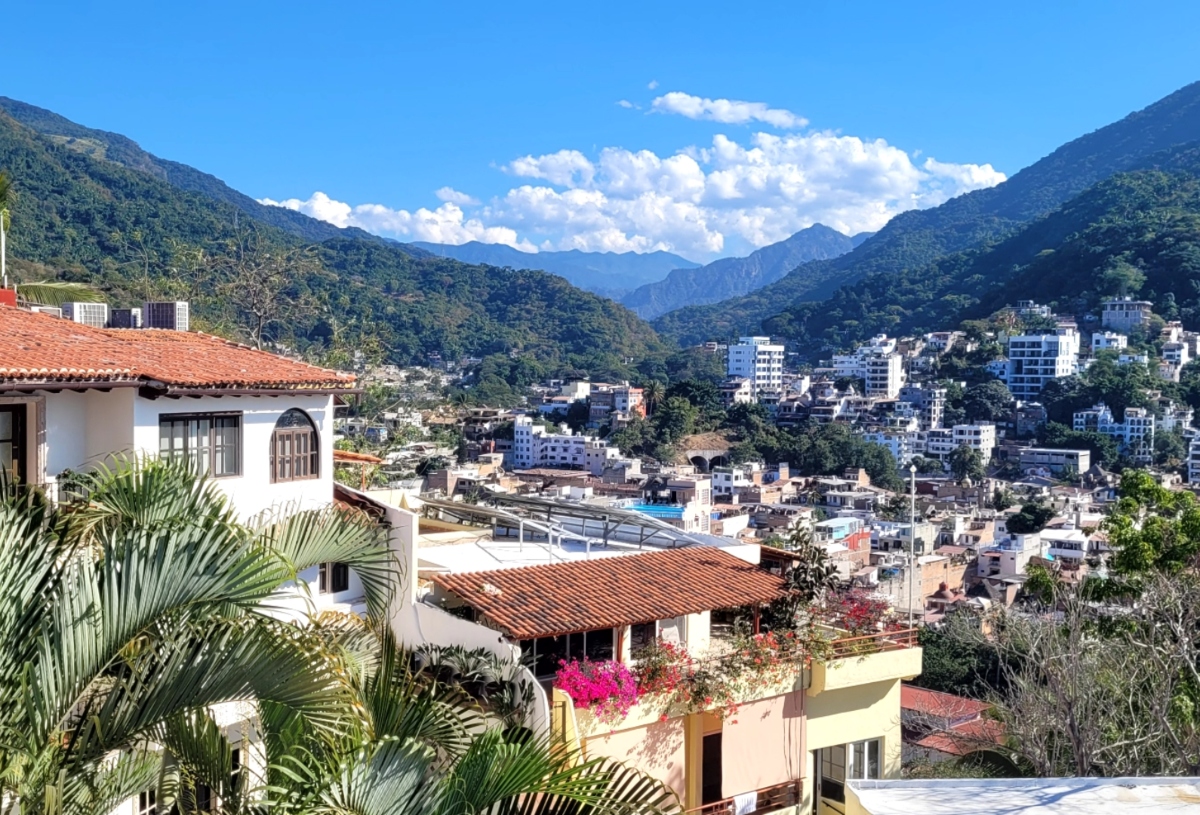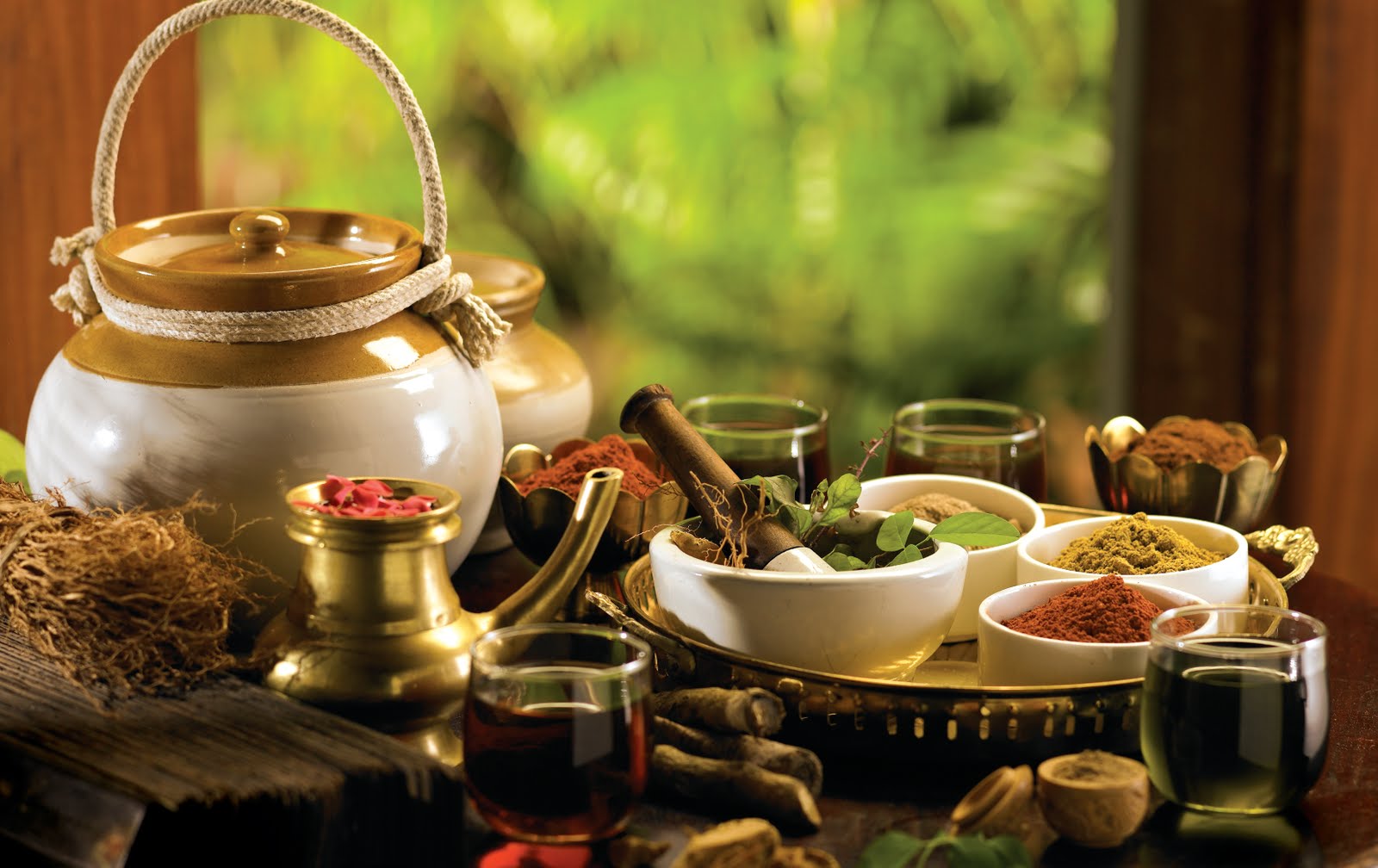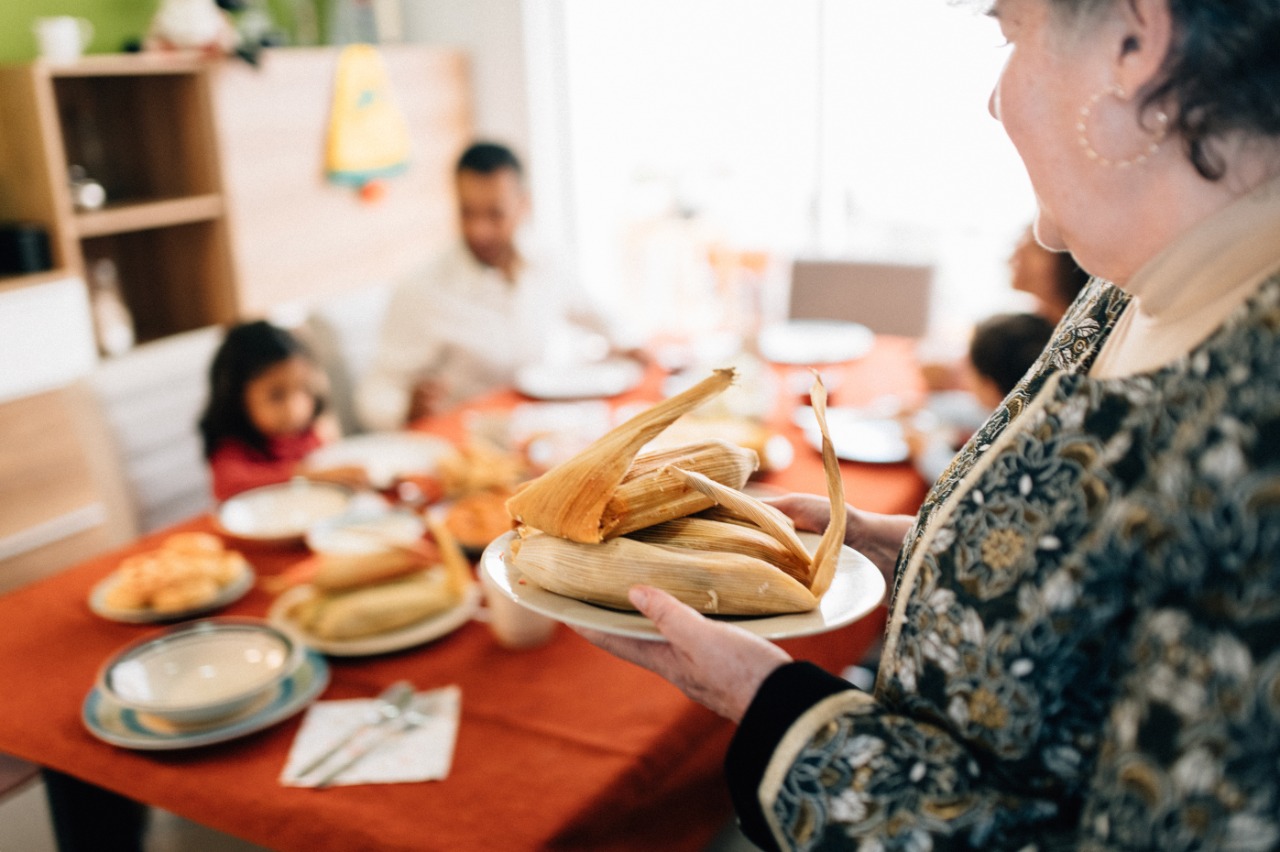
Learn where tamales come from
March 24, 2022
Tamales were Mesoamerica’s first corn-based dish. Tamales’ origin comes from the ancient civilizations in Mexico as early as 8000 BC. Although the exact history is fuzzt at best, many historians believe that the Aztecs invented tamales ten thousand years ago. Tamales were a portable, protein-rich snack that Aztec soldiers could bring into combat with them.
Hunters could also carry them into the field. Women were in charge of making tamales. Tamales were produced by women. The laborious procedure was part of their daily routines and essential religious traditions. Tamales were initially cooked in a subterranean fire over hot ashes. When Spanish conquistadors arrived with pots and pans, women began boiling the corn-wrapped parcels. The Spanish also added other flavors to the veggie treats, such as pork and grease.
What are Tamales?
So, exactly what is a tamale? Tamales are created from masa, which is ground corn wet with water. Wrapping the masa in whatever leaves are available, such as corn husks, banana leaves, or even tree bark, is traditional. The wrapping gives the tamale its name, which originates from the Náhuatl word tamalli, which means “wrapped.”
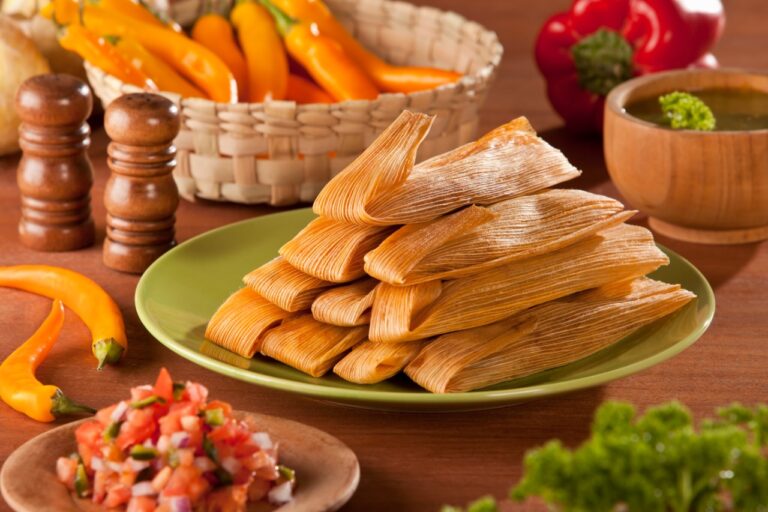
Delicate meats, aromatic spices, and precisely cut veggies are stuffed into the tender masa. There are as many flavors of tamale filling as there are families that make them, as each cook puts her own spin. One of the most well-known variations is pork tamales with red chilis, but other fillings such as shredded chicken, black beans, and beef are also popular.
The secret is to use your imagination; There are even turkey tamales available! Tamales have come a long way since the early Aztecs ate them during battle. The use of flavorful fats and meats such as lard and pork butt has increased the flavor of the tamale.
How to Make Tamales at Home
Whatever type of tamales you prepare, keep in mind that the process might be time-consuming. The Oaxacan style, for example, has 120 distinct steps! The proportion of masa to filling is critical. You want to be able to taste the luscious contents, not simply the dough, while making a superb tamale at home. A 50/50 split is ideal.
You may also like: Tamales on Candlemas Day, only in Mexico
Tamale Dough
Masa has a custardy feel when added into a dough. You have to combine the corn dough with spices and lard, and your goal is to get a peanut butter-like consistency with nothing sticking to the sides of the bowl. You’re ready to go when the dough is no longer sticky.
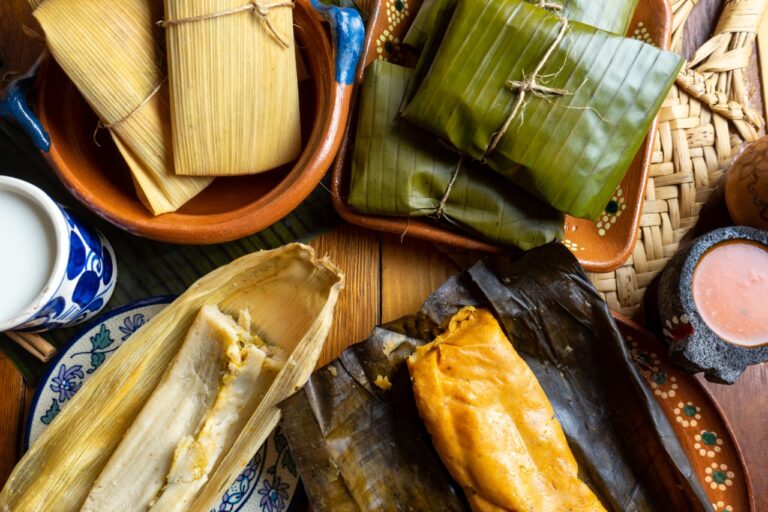
While you’re kneading the dough, soak the corn husks in water. Trimming the husks is essential for making properly sized tamales. A decent length is about five inches. Next, spread two teaspoons of masa on each corn husk with a spatula or putty knife.
Popular Tamale Fillings
When it comes to the pork filling, experts advocate using it cold. Place it in a line down the center of the husk to prevent it from running to the edges during cooking. Whether you stuff your tamale with soft meat, green chiles, potatoes, and garlic, or shredded chicken, corn kernels, and red sauce, the possibilities are as limitless as your imagination.
Pork with red chile sauce features pork butt or shoulder, as well as spices like oregano and cumin. A favorite topping is a spicy red chile sauce. Another popular one is black beans with cheese.
How to Assemble a Tamale
Fold both sides of the tamale and tuck the tail beneath to assemble. Cook them seam side up to prevent the filling from falling out. Bring the tamales to a boil first, then reduce to a low heat for about 40 minutes. Tamales are ready when the husk readily separates from the masa and filling. The best part, of course, will be sitting down to enjoy them, especially with your friends and family.
------ADVERTISEMENT------
------ADVERTISEMENT------
------ADVERTISEMENT------
------ADVERTISEMENT------

